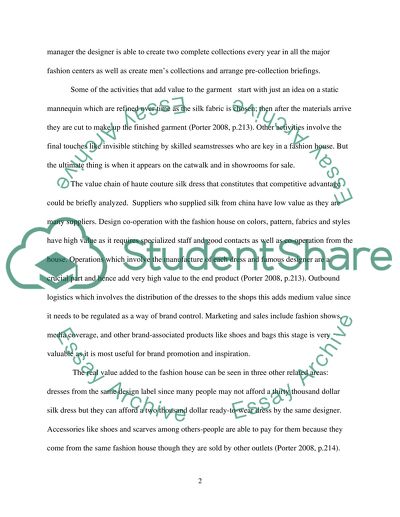Cite this document
(“Competitive Advantage at Louis Vuitton and Gucci Essay”, n.d.)
Retrieved de https://studentshare.org/marketing/1468761-case-study-competitive-advantage-at-louis-vuitton
Retrieved de https://studentshare.org/marketing/1468761-case-study-competitive-advantage-at-louis-vuitton
(Competitive Advantage at Louis Vuitton and Gucci Essay)
https://studentshare.org/marketing/1468761-case-study-competitive-advantage-at-louis-vuitton.
https://studentshare.org/marketing/1468761-case-study-competitive-advantage-at-louis-vuitton.
“Competitive Advantage at Louis Vuitton and Gucci Essay”, n.d. https://studentshare.org/marketing/1468761-case-study-competitive-advantage-at-louis-vuitton.


